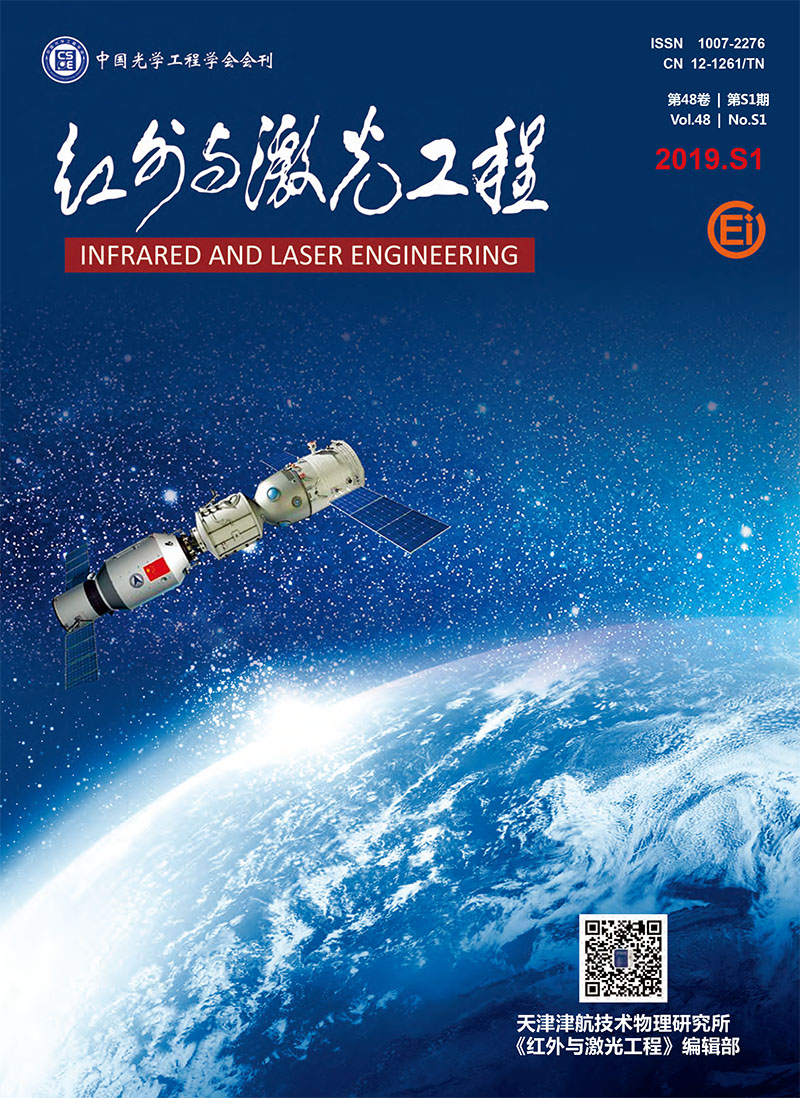|
[1]
|
Eekeren A W M V, Schutte K, Vliet L J V. Multi-frame super-resolution reconstruction of small moving objects[J]. IEEE Trans on Image Process, 2010, 19(11):2901-2912. |
|
[2]
|
Zhou S, Yuan Y, Su L, et al. Multiframe super resolution reconstruction method based on light field angular images[J]. Opt Commun, 2017, 404(1):189-195. |
|
[3]
|
Tarde R W, Donley E, Carr J L. Modeling and optimal design of optical remote sensing payloads[C]//Earth Observing Systems XⅡ, Proc of SPIE, 2007, 6677:1G1-1G12. |
|
[4]
|
Iwasaki A. Detection and estimation of satellite attitude jitter using remote sensing imagery[C]//Advances in Spacecraft Technologies in Tech, 2010:257-272. |
|
[5]
|
Zhi Z, Jun L Z. A geometry model based on space motion imaging[C]//The 4th International Symposium on Photoelectronic Detection and Imaging:Advances in Imaging Detectors and Applications, Proc of SPIE, 2011, 8194:81941J. |
|
[6]
|
Zhang L, Sun Z Y, Jin G. Design of physical simulation system for TDICCD dynamic imaging[J]. Optics and Precision Engineering, 2011, 19(3):641-650. |
|
[7]
|
Burrows C J. Hubble space telescope optics status[J]. Applications of Digital Image Processing XIV, 1991, 1567:284-293. |
|
[8]
|
Succary R, Cohena A, Yaractzr P, et al. A dynamic programming algorithm for point target detection:practical parameters for DPA[J]. Signal and Data Processing of Small Targets, 2001, 4473:96-100. |
|
[9]
|
Kee E, Paris S, Chen S, et al. Modeling and removing spatially-varying optical blur[C]//IEEE ICCP, 2011:1-8. |
|
[10]
|
Schuler C J, Hirsch M, Harmeling S, et al. Non-stationary correction of optical aberrations[C]//Computer Vision (ICCV), IEEE International Conference, 2011:659-666. |
|
[11]
|
Levin A, Weiss Y, Durand F, et al. Understanding and evaluating blind deconvolution algorithms[C]//Computer Vision and Pattern Recognition, IEEE Computer Society Conference on, 2009:1964-1971. |
|
[12]
|
Tang S, Gong W G, Li W H, et al. Non-blind image deblurring method by local and nonlocal total variation models[J]. Signal Processing, 2014, 94:339-349. |
|
[13]
|
Javaran T A, Hassanpour H, Abolghasemi V. Non-blind image deconvolution using a regularization based on re-blurring process[J]. Computer Vision and Image Understanding, 2017, 154:16-34. |
|
[14]
|
Zhang Z, Lin X L, Zhang J B, et al. Improvement method for terahertz imaging quality[J]. Infrared and Laser Engineering, 2017, 46(11):1126002. |
|
[15]
|
Zhao Y H, Wang Y Y, Luo H B, et al. New technique for dynamic-range compression and contrast enhancement in infrared imaging systems[J]. Infrared and Laser Engineering, 2018, 47(S1):S126001. |









 DownLoad:
DownLoad: